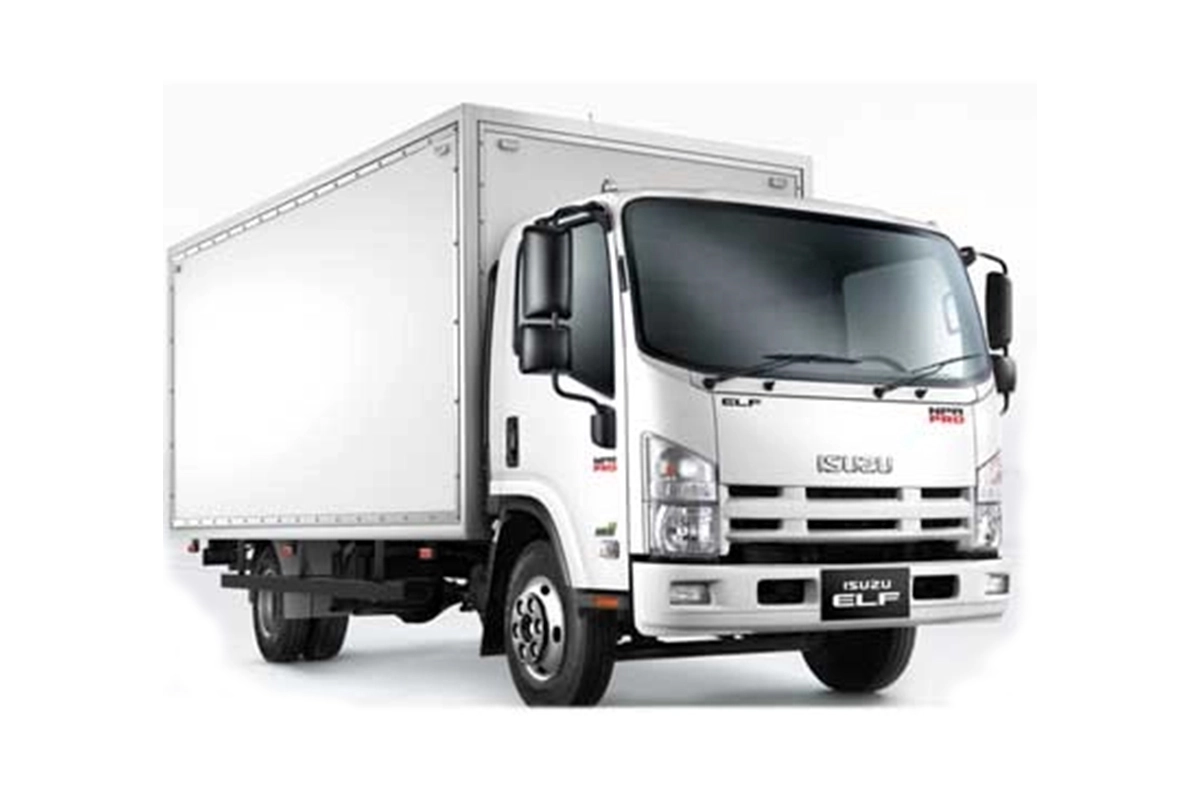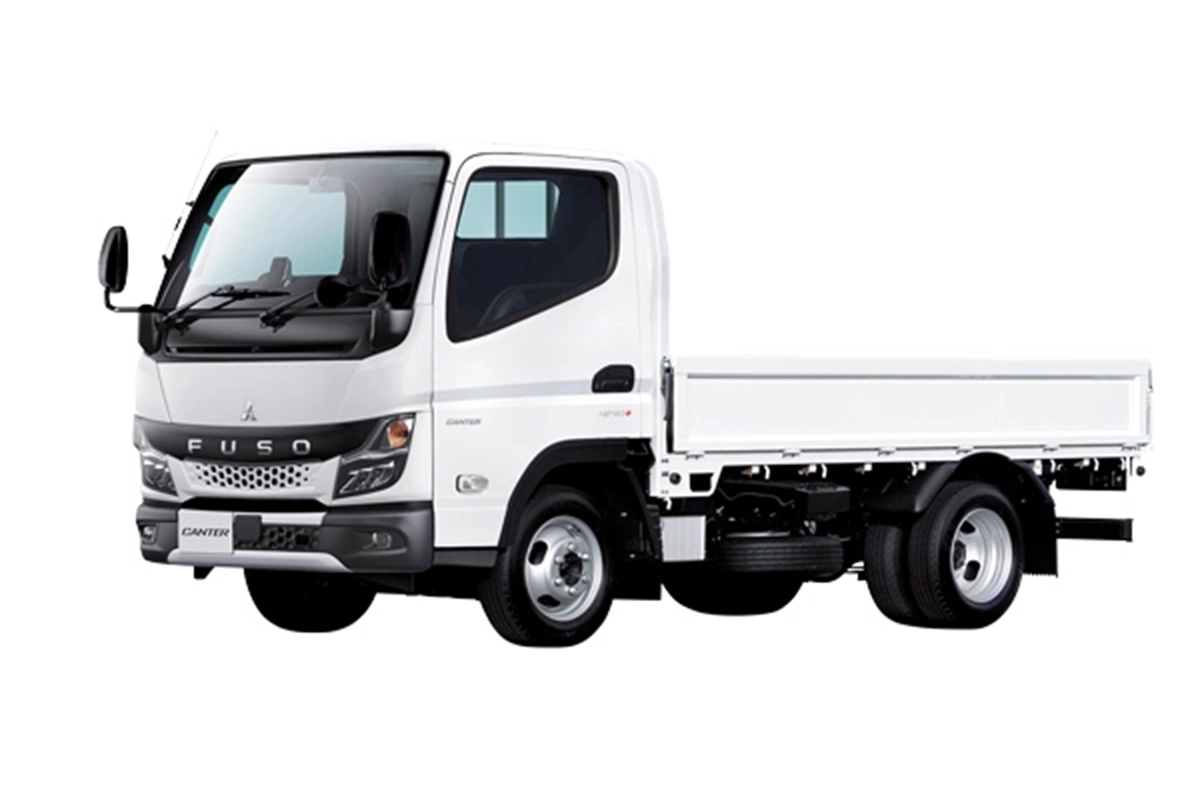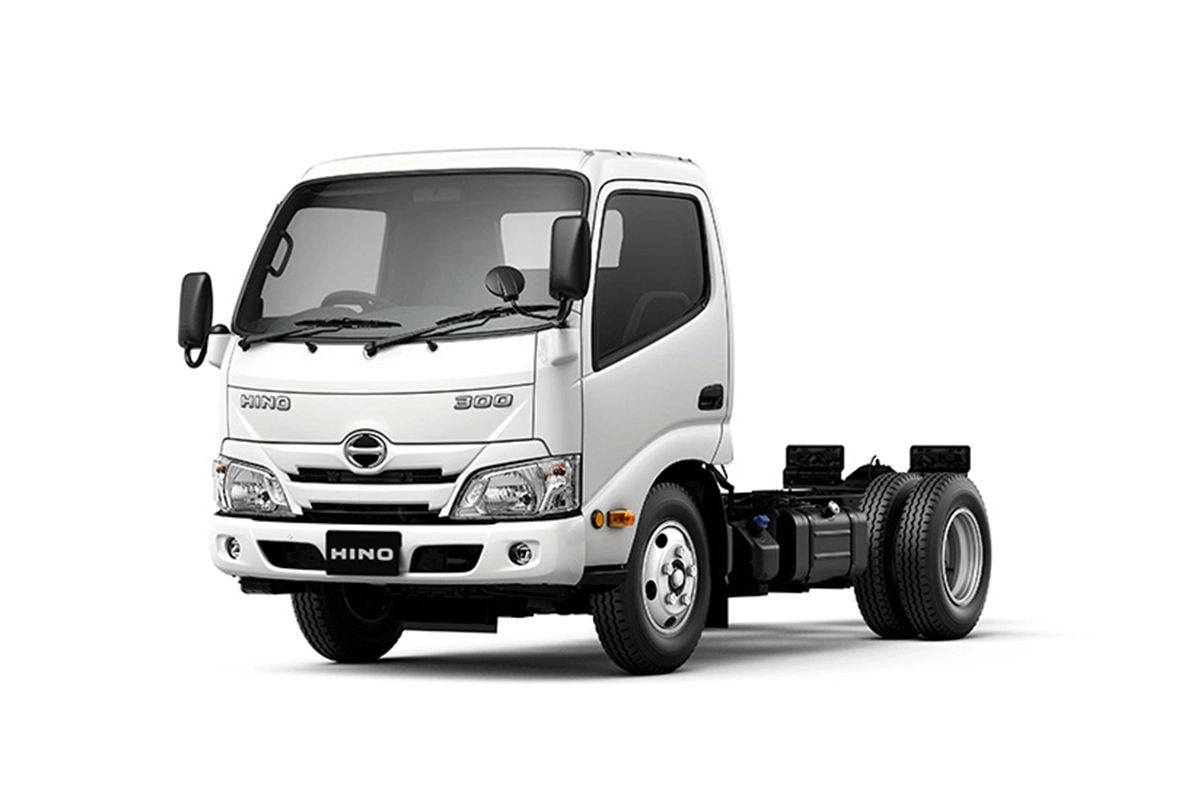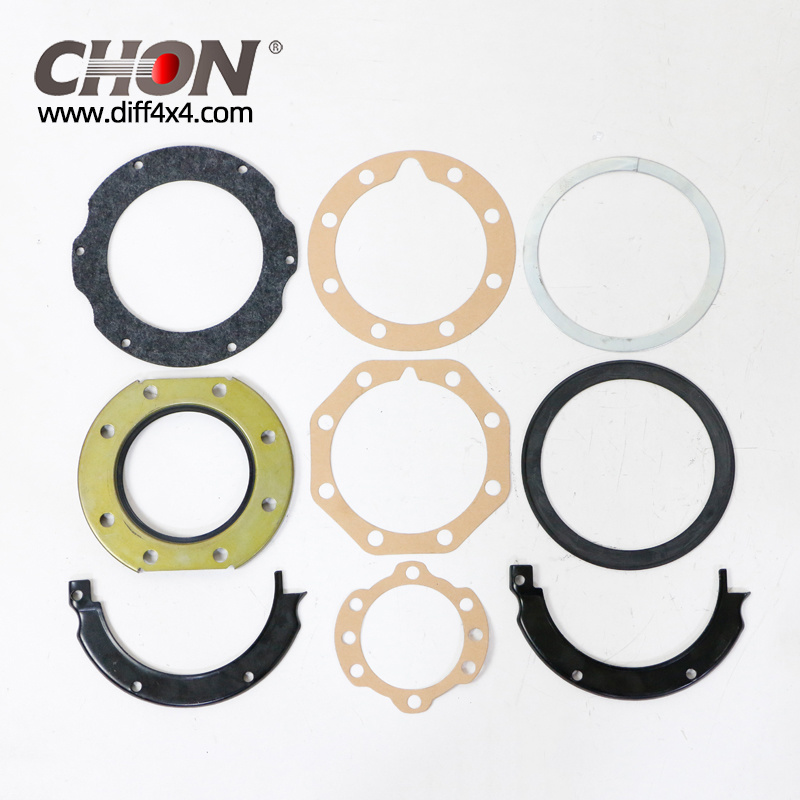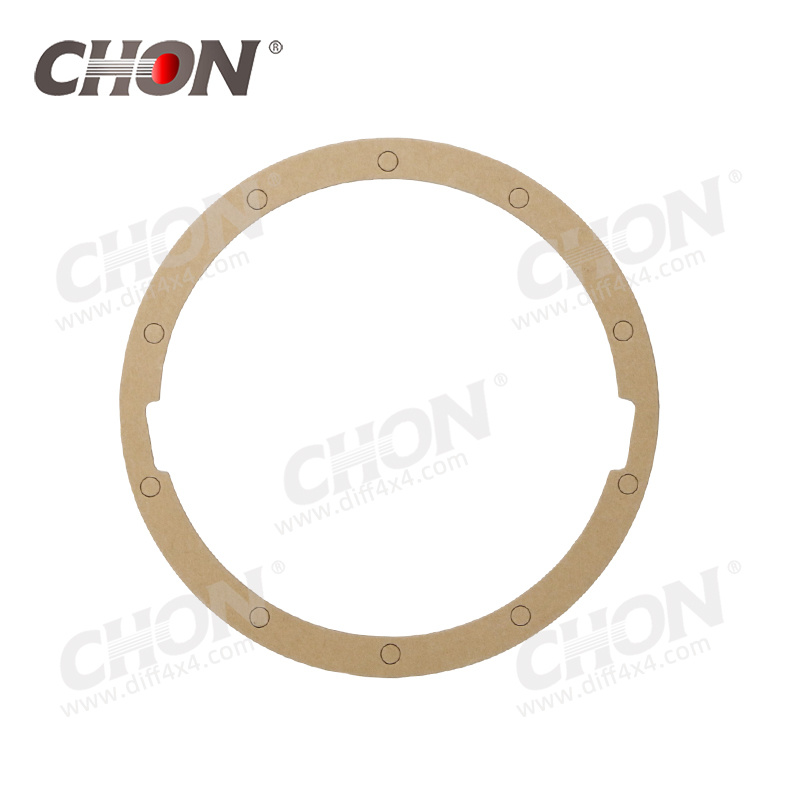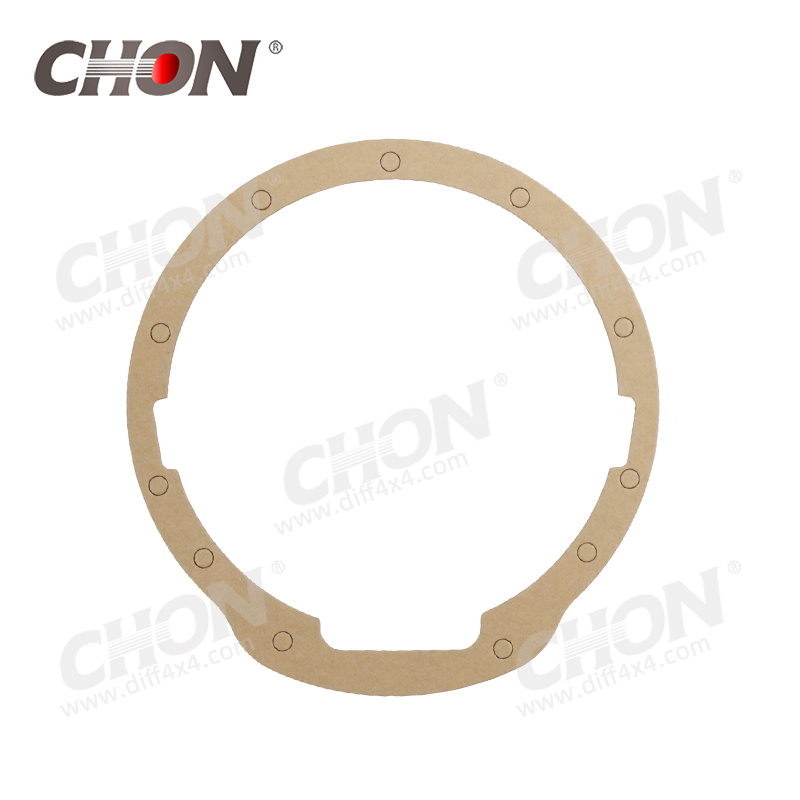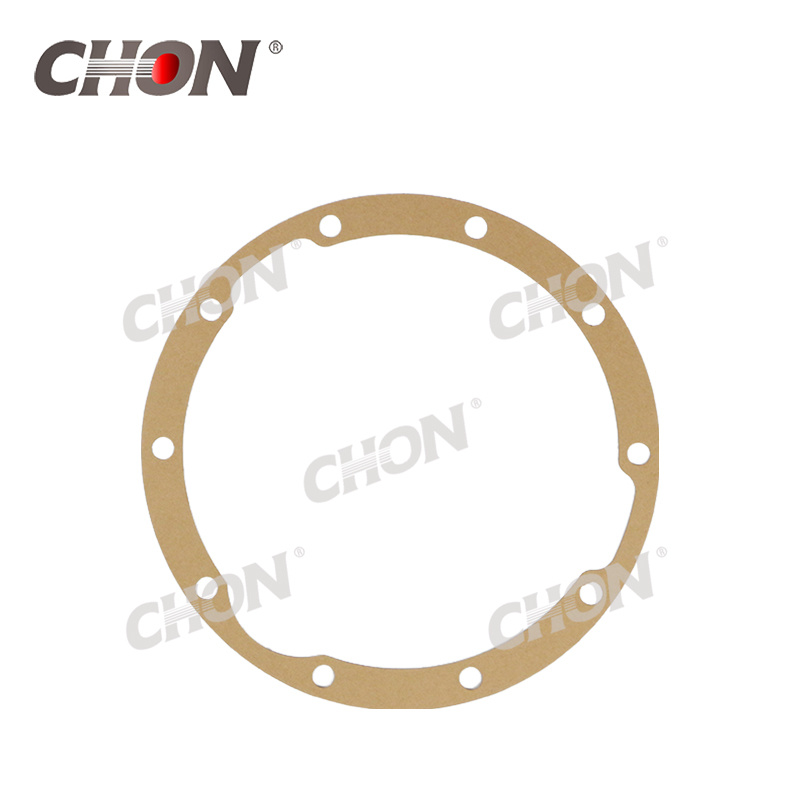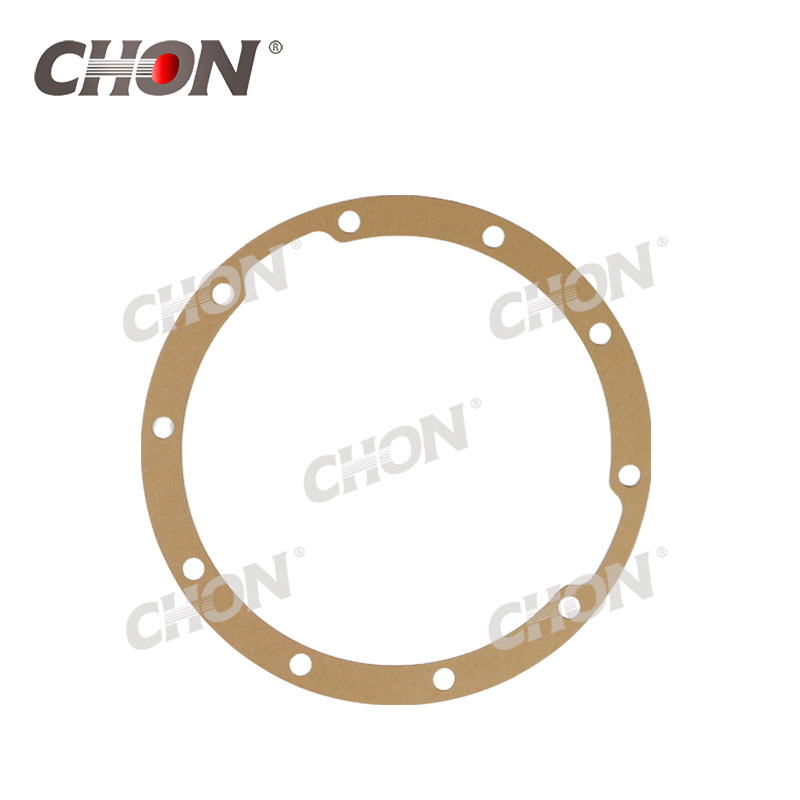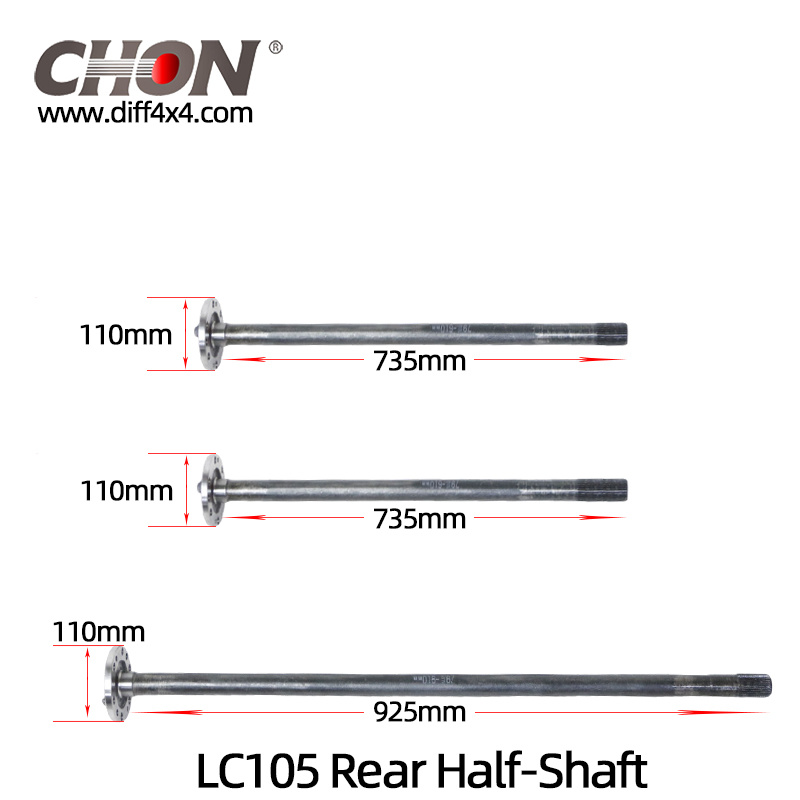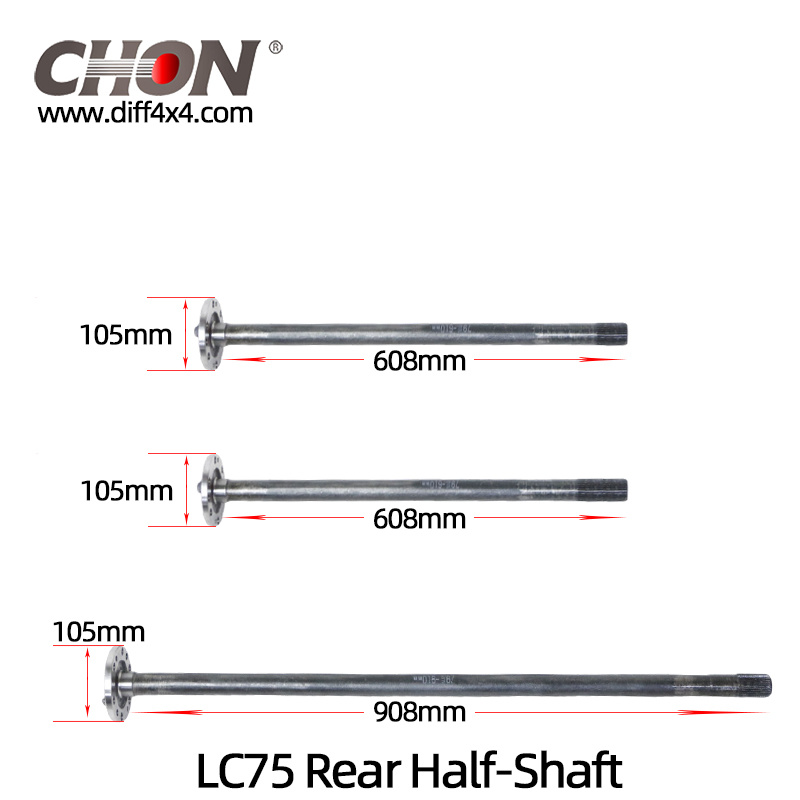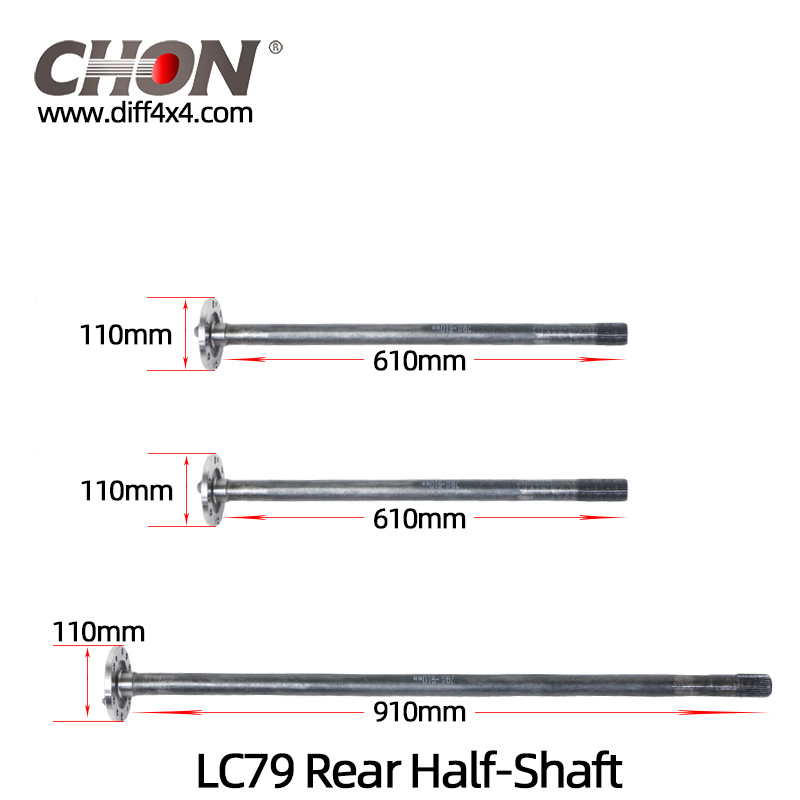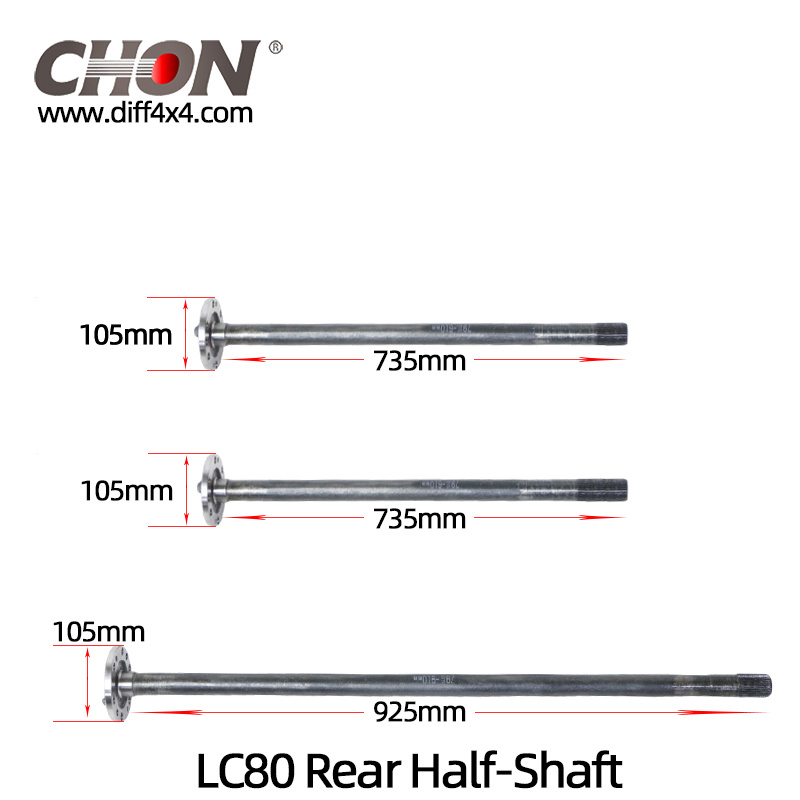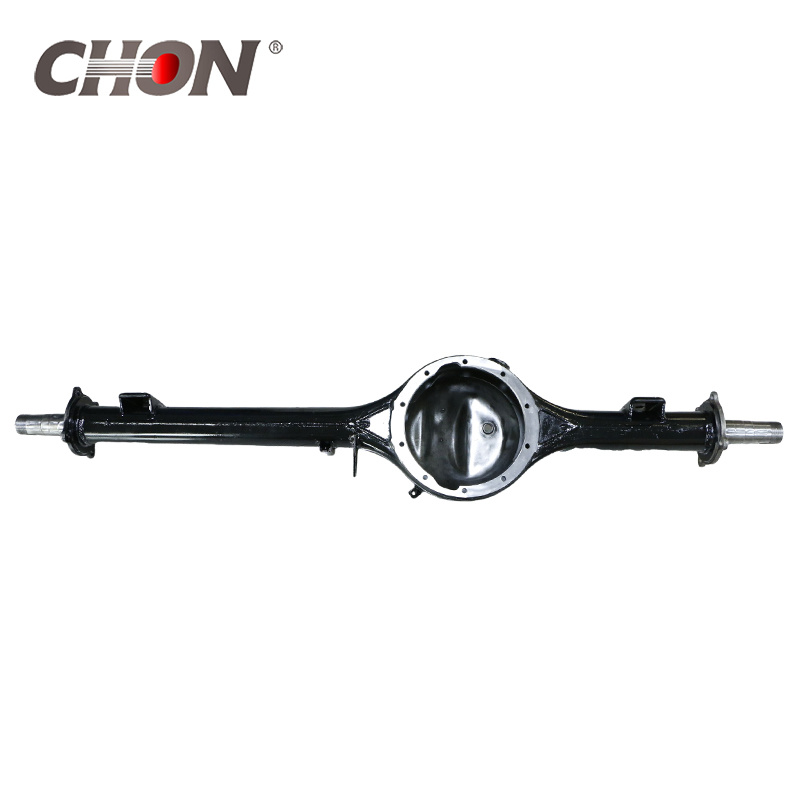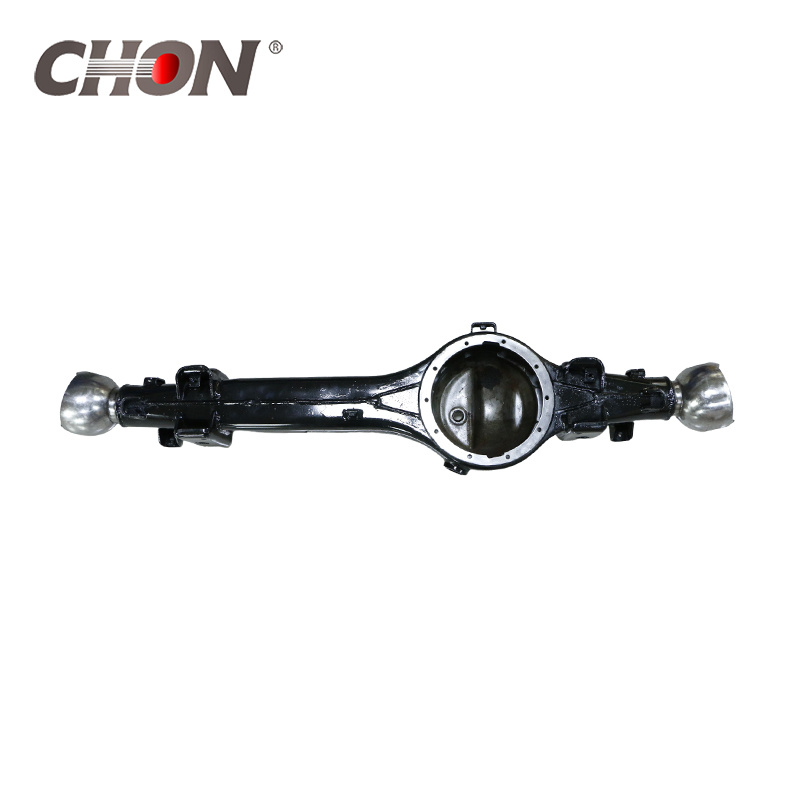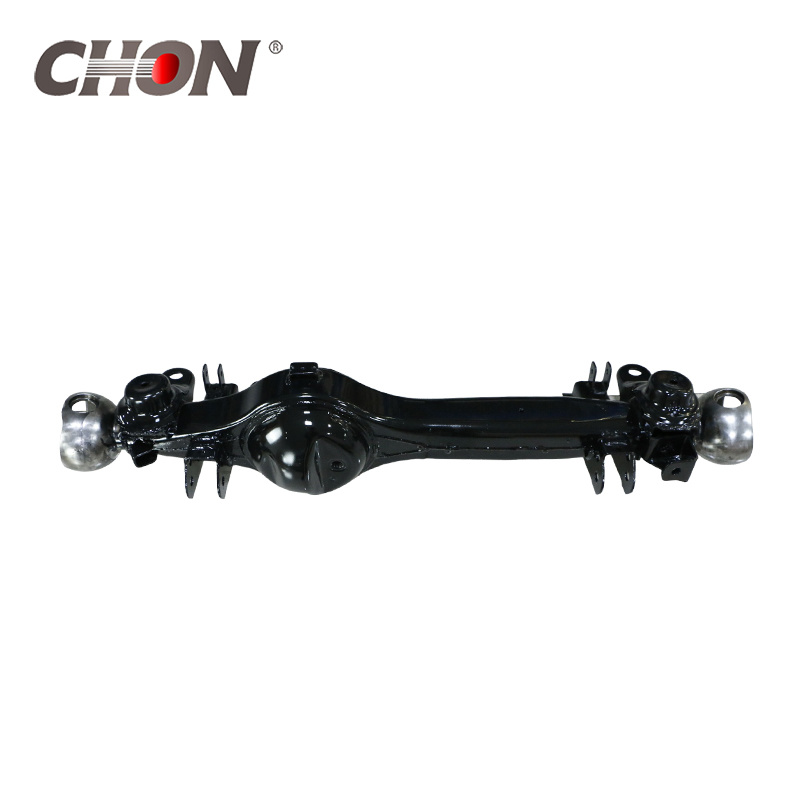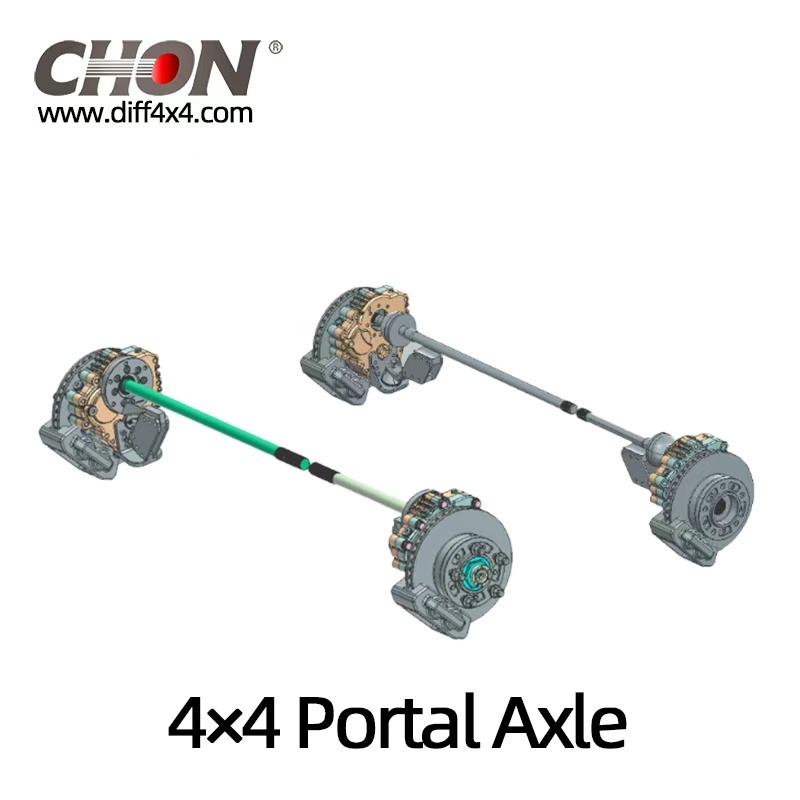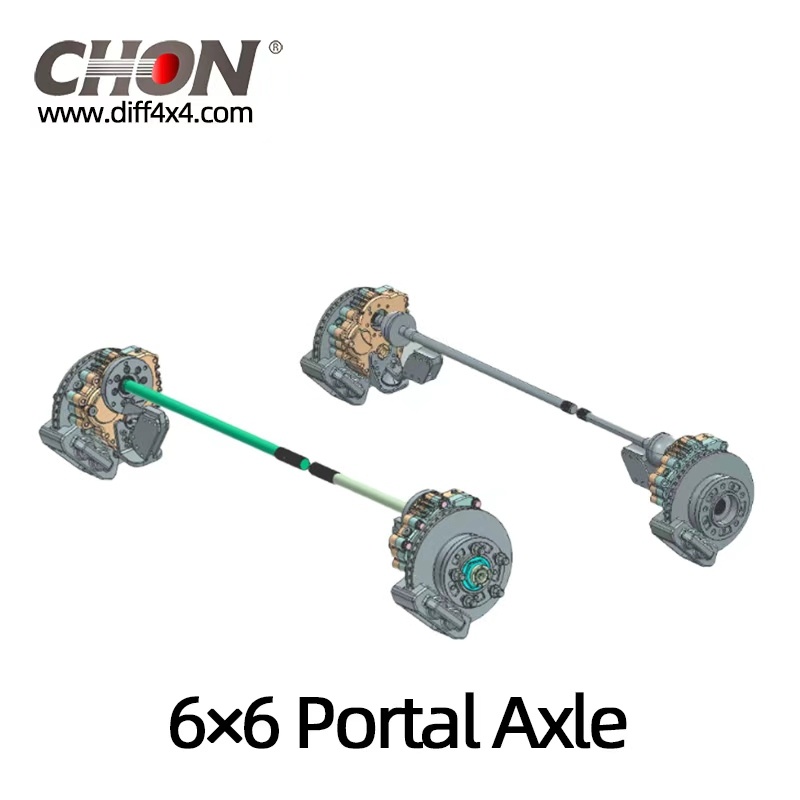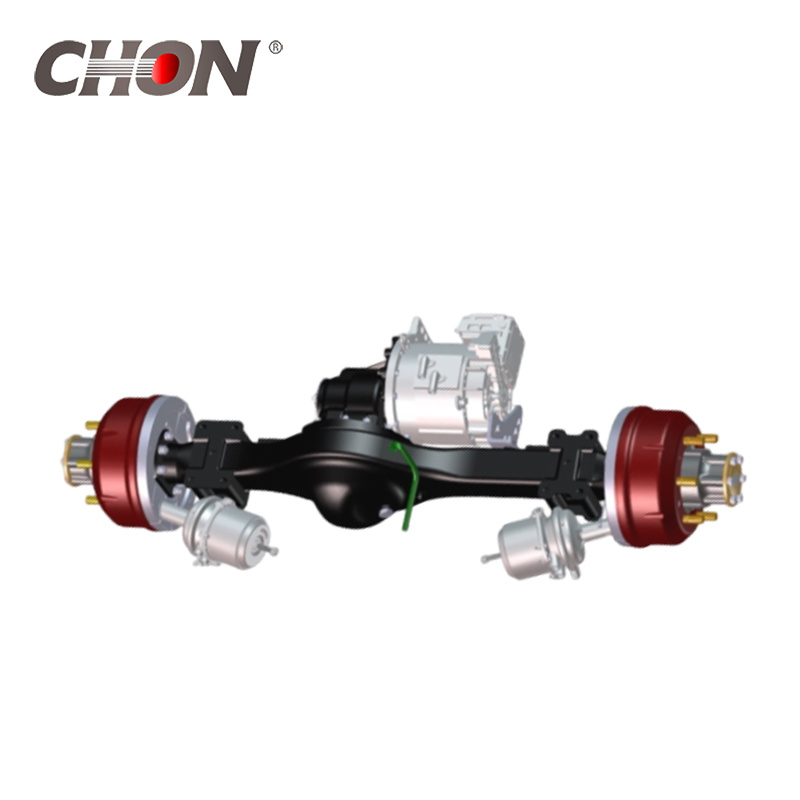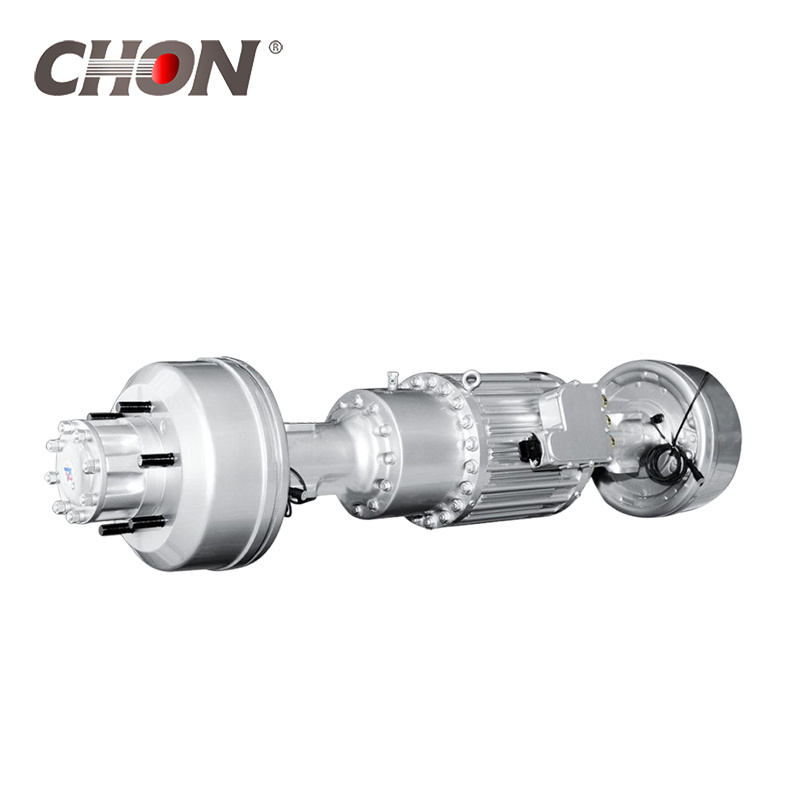-
-
Japanese
Toyota
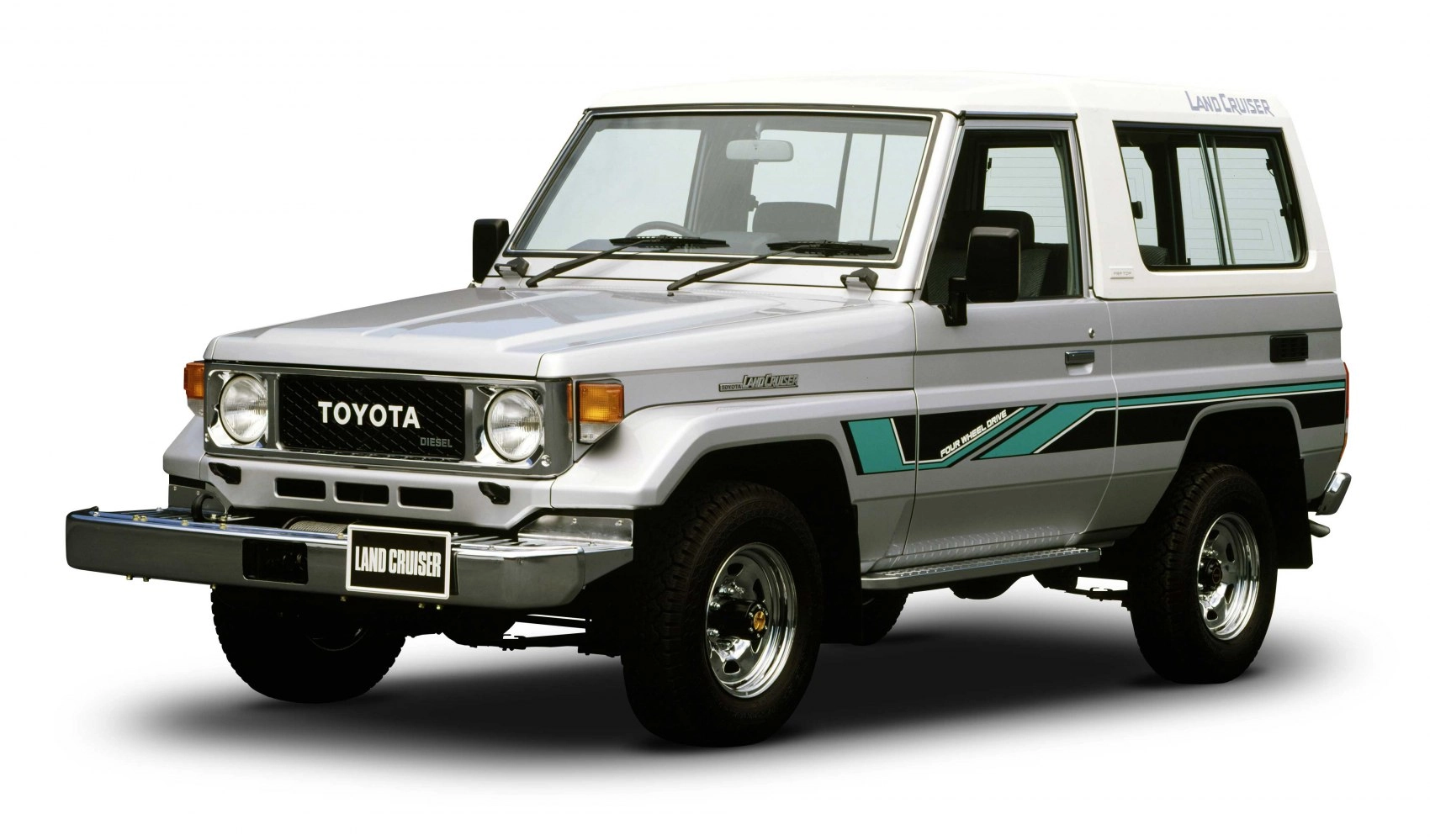
Land Cruiser 70 73 75 77 (1984~1994)

Land Cruiser 71 76 78 79 (1999~2018)
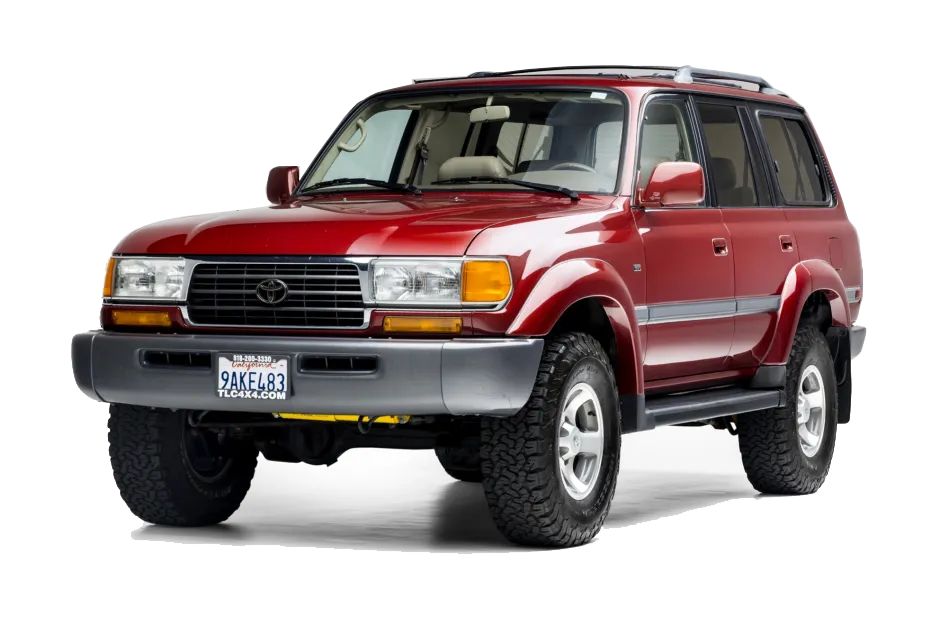
Land Cruiser 80 (1992~1997)
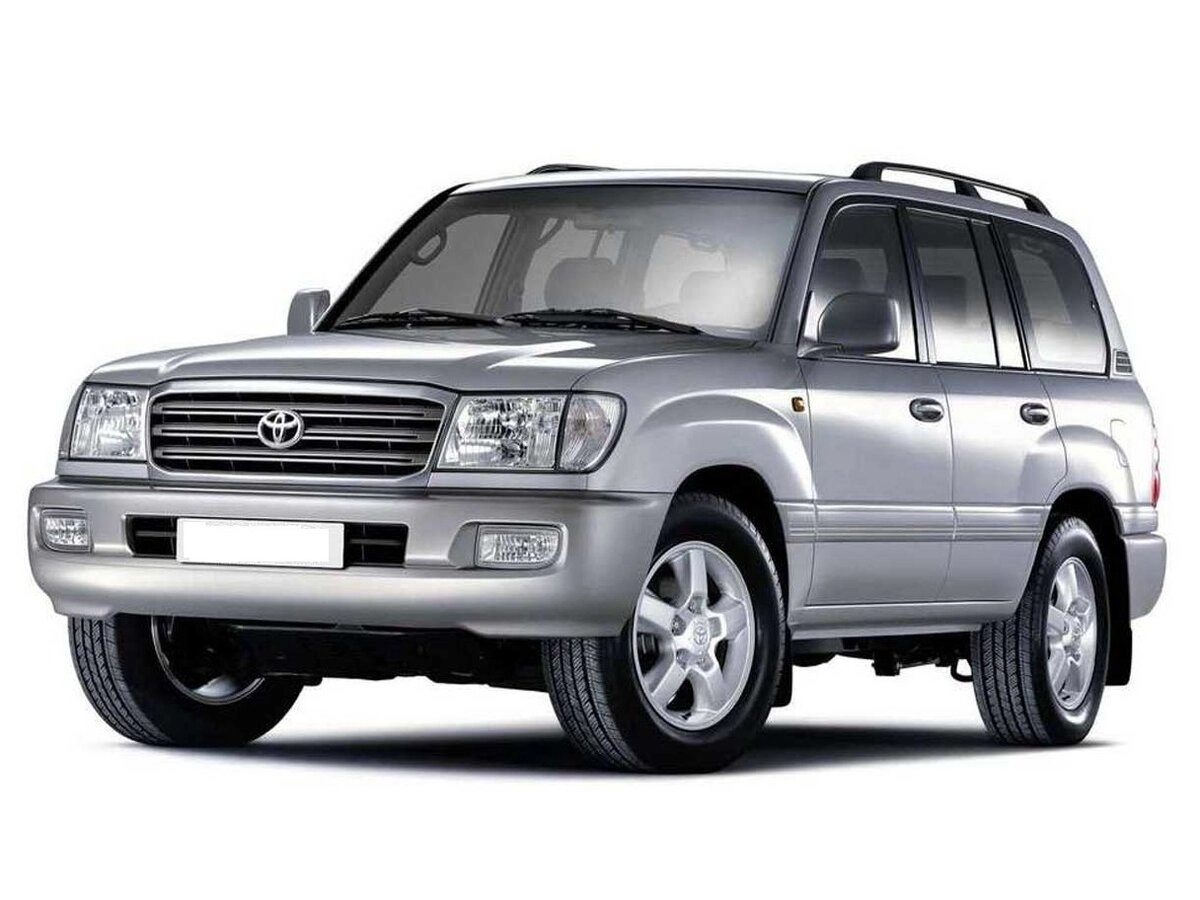
Land Cruiser 100 (1997~2007)
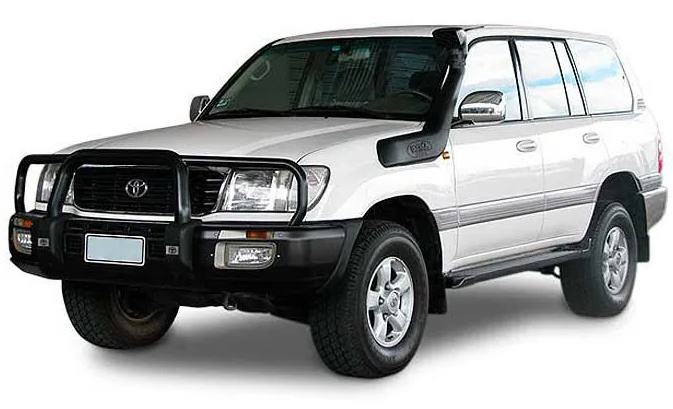
Land Cruiser 105 (1998~2002)
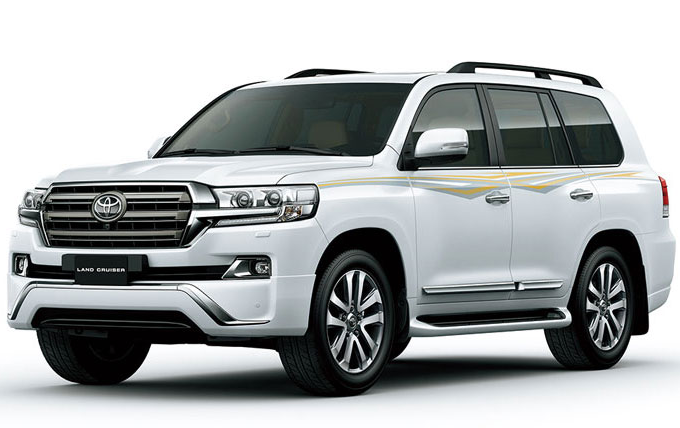
Land Cruiser 200 (2008~2021)
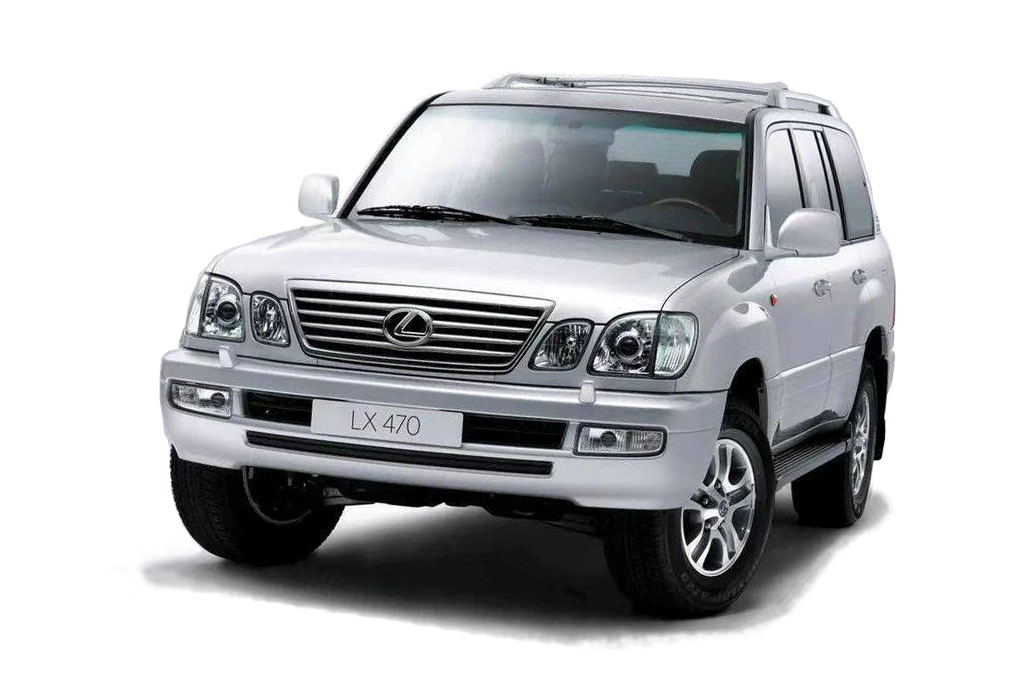
Lexus LX4700 (1998-2007)
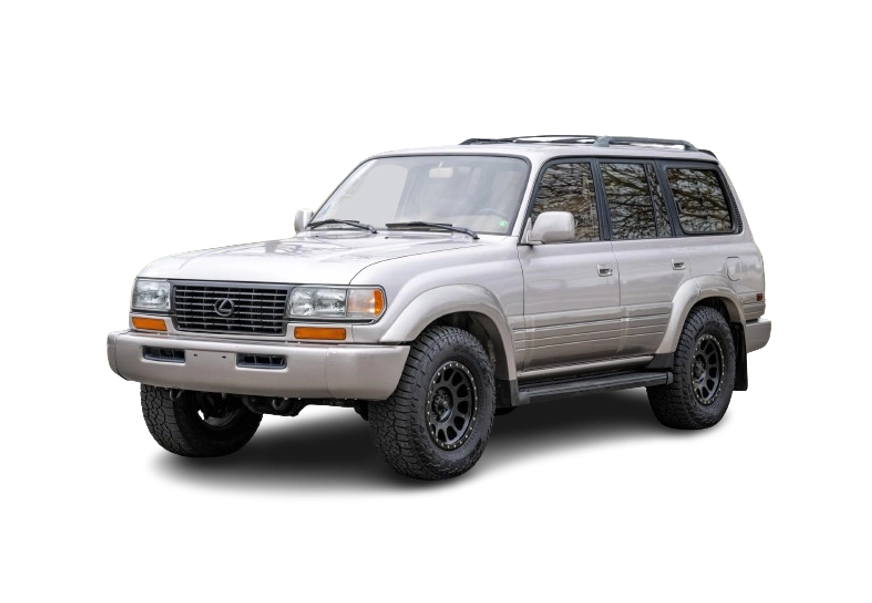
Lexus LX4500 (1995~1998)

Lexus LX5700 (2008~2018)

Lexus GX460 (2002~2009)

Lexus GX470 (2009~2023)
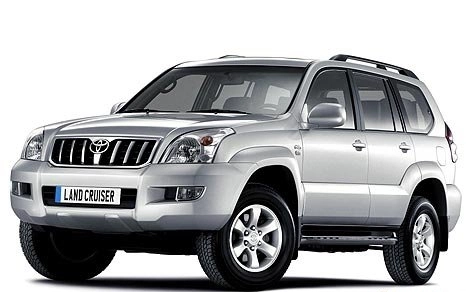
Land Cruiser Prado 120 (2002~2009)

Land Cruiser Prado 150 (2009~2023)

FJ Cruiser (2003~2017)

Hilux Vigo (2005~2015)

Hilux Revo (2015~)

Hiace 200 (2004~2016)

Hiace 300 (2016~)

Fortuner (2004-2015)

Fortuner (2015-)

4Runner(2002-2009)

4Runner 2009-2018
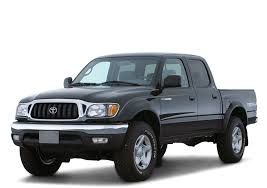
Tacoma (1995~2003)
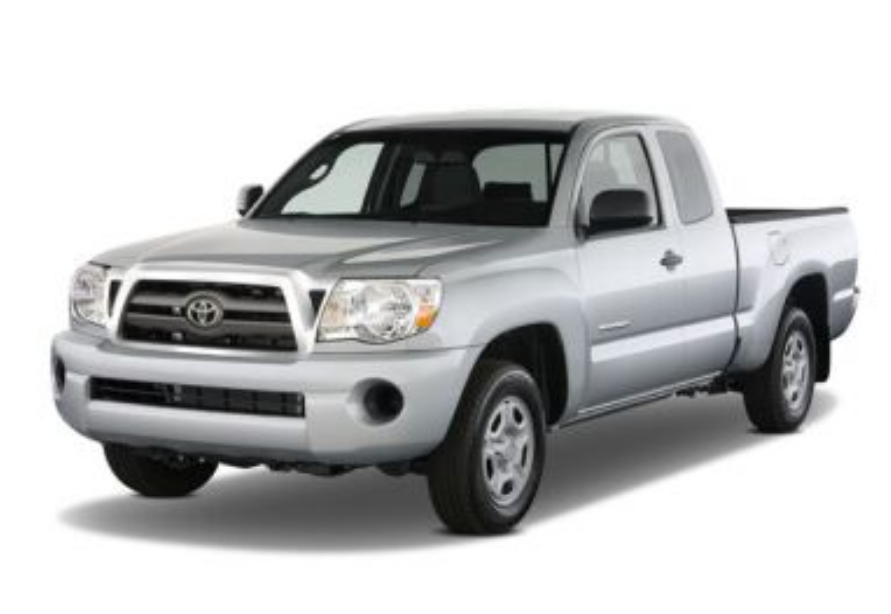
Tacoma (2004~2015)

Tacoma(2015~)

Tundra

INNOVA (2004~2022)

HARRIER-ACU35 MCU35(2000-2003)

HARRIER-MCU15(1998-2003)
-
Differential ass'y
Jun 21,2024

A differential assembly, also known as a differential or diff, is a crucial component of a vehicle's drivetrain. It plays a vital role in allowing the wheels to rotate at different speeds while maintaining traction on the road. In this article, we will explore the functions, components, and maintenance of a differential assembly.
Function of a Differential Assembly
The main function of a differential assembly is to transfer power from the engine to the wheels while allowing them to rotate at different speeds. This is essential for proper handling and traction, especially when turning corners. Without a differential, the wheels would be forced to turn at the same speed, which can lead to tire wear, drivetrain damage, and loss of control.
Components of a Differential Assembly
A typical differential assembly consists of several components, including the differential case, ring gear, pinion gear, side gears, spider gears, and bearings. The differential case houses all the gears and bearings and is mounted to the axle housing. The ring gear is connected to the driveshaft and provides power to the differential. The pinion gear is connected to the driveshaft and meshes with the ring gear to transfer power to the differential. The side gears are connected to the axle shafts and mesh with the spider gears to allow for different wheel speeds.
Maintenance of a Differential Assembly
Proper maintenance of a differential assembly is essential to ensure optimal performance and longevity. Regular inspections and fluid changes are recommended to prevent wear and tear on the components. The differential fluid should be changed according to the manufacturer's recommendations to prevent overheating and premature failure. Additionally, any leaks or unusual noises should be addressed promptly to prevent further damage.
Common Issues with a Differential Assembly
There are several common issues that can occur with a differential assembly, including noise, leaks, and vibrations. Noise can indicate worn gears or bearings, while leaks can signal a damaged seal or gasket. Vibrations may be caused by worn or out-of-balance components. It is important to address these issues promptly to prevent further damage and ensure safe operation of the vehicle.
Conclusion
In conclusion, a differential assembly is a vital component of a vehicle's drivetrain that allows the wheels to rotate at different speeds while maintaining traction on the road. Proper maintenance and timely repairs are essential to ensure optimal performance and longevity of the differential assembly. By understanding the functions, components, and common issues of a differential assembly, drivers can stay informed and proactive in maintaining their vehicles.
PREVIOUS:
NEXT:
ENQUIRY NOW
COOKIES
Our website uses cookies and similar technologies to personalize the advertising shown to you and to help you get the best experience on our website. For more information, see our Privacy & Cookie Policy
COOKIES
Our website uses cookies and similar technologies to personalize the advertising shown to you and to help you get the best experience on our website. For more information, see our Privacy & Cookie Policy
These cookies are necessary for basic functions such as payment. Standard cookies cannot be turned off and do not store any of your information.
These cookies collect information, such as how many people are using our site or which pages are popular, to help us improve the customer experience. Turning these cookies off will mean we can't collect information to improve your experience.
These cookies enable the website to provide enhanced functionality and personalization. They may be set by us or by third-party providers whose services we have added to our pages. If you do not allow these cookies, some or all of these services may not function properly.
These cookies help us understand what you are interested in so that we can show you relevant advertising on other websites. Turning these cookies off will mean we are unable to show you any personalized advertising.

Leave Your Message









